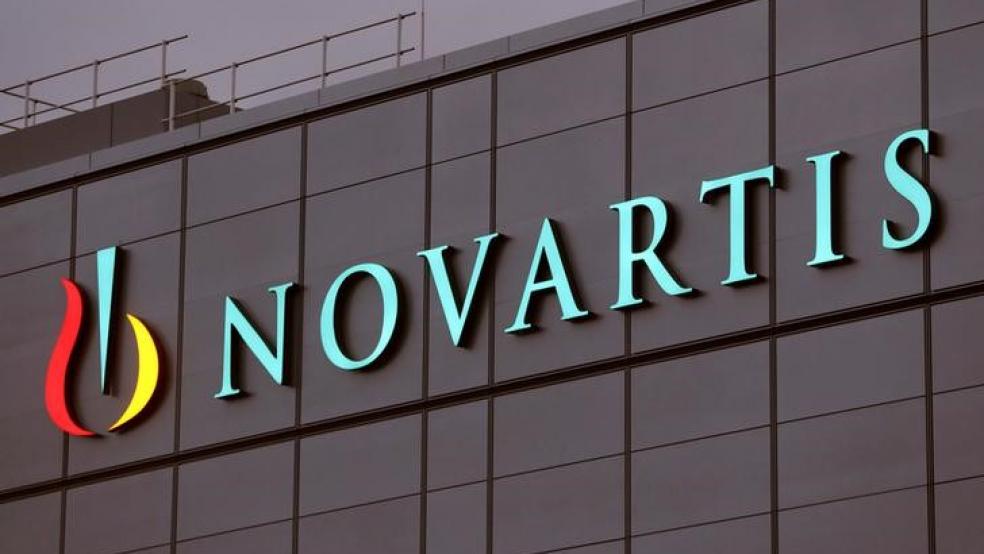The Food and Drug Administration on Friday approved a gene therapy from Novartis that treats spinal muscular atrophy, clearing the way to market for what’s set to become the world’s most expensive medicine and the first U.S. drug to break the million-dollar mark.
The drug, to be sold as Zolgensma, will cost $2.1 million for a one-time treatment. Novartis said it would allow insurance companies to spread out payments over five years, for an annual cost of about $425,000.
The gene therapy targets a rare disease that strikes 1 in 11,000 births, or about 400 new patients per year. Without treatment, many of the stricken children die before their second birthday.
A fair price? The company defended its pricing plan, saying that it’s cheaper than the current biologic treatment option, Spinraza, which was introduced in 2016. Spinraza costs $750,000 for the first year but requires additional annual treatments for the life of the patient, at a cost of $350,000 per year. By contrast, Zolgensma is intended to be administered just once.
The Institute for Clinical and Economic Review, an independent watchdog group, said that the price of Zolgensma “falls within the upper bound” of its value-based benchmark range, which takes into account the value of increased lifespans.
But that approach has its critics. David Mitchell of the advocacy group Patients For Affordable Drugs, said the price “is emblematic of our broken system that effectively forces us to pay whatever price drug corporations demand for lifesaving new drugs. … We didn’t pay for the polio vaccine based on the future cost savings for kids who didn’t need to live in iron lungs.”
The promise of big profits: Novartis acquired the biotech firm AveXis, which developed Zolgensma, for $8.7 billion just last year. Industry analysts expect the drug to hit peak sales of $1.8 billion to $2.6 billion per year, according to PMLiVE, a pharmaceutical industry news site.
The price record may not stand for long: Bloomberg’s Max Nisen says that Zolgensma could open the door to skyrocketing prices for dozens of new gene therapies that are currently in the works. And at those prices, patients without the right kind of insurance could find themselves locked out. “Miracle cures don’t do much good if they aren’t accessible,” Nisen writes.




